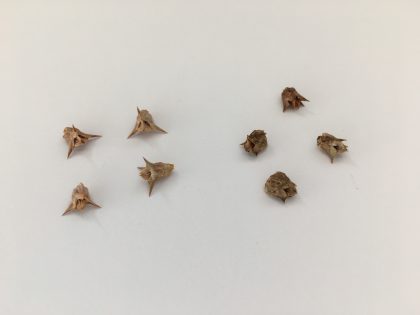Can a change in cover crop timing benefit weed control in California orchards?
California’s commercial orchards produce a variety of crops valued by consumers – from stone fruit to almonds and walnuts. A successful harvest depends on the effective management of weeds that can interfere with irrigation lines, compete with crops for water, and impede sweepers and other harvesting equipment.
Orchard growers using cover crops typically plant them along orchard alleyways during the rainy winter season to help deter weeds that might emerge in the spring. But a new open access study featured in the journal Weed Science points to the benefits of rethinking that timing.

Researchers at the University of California, Davis designed two experiments to explore the weed management benefits of growing annual cover crops concurrently with an orchard’s cash crops. One experiment explored the effects of intensified cover crop management systems in walnuts, and another evaluated the impact of multispecies cover crop mixes and various planting dates in almonds.
Cover crops planted concurrent with the cash crop were found to flourish under a variety of management factors. They were most abundant, though, when planted early in the growing season when adequate moisture was available.
All the concurrently grown cover crops tested were effective at reducing weed biomass – suggesting they can be a valuable component of an integrated orchard weed management program. They can provide a predictable plant cover that enhances biodiversity and promotes favorable orchard floor conditions for crop harvest.
Want to learn more? You can read the open access article, published in Volume 70, issue 5, here: “Agronomic cover crop management supports weed suppression and competition in California orchards”





